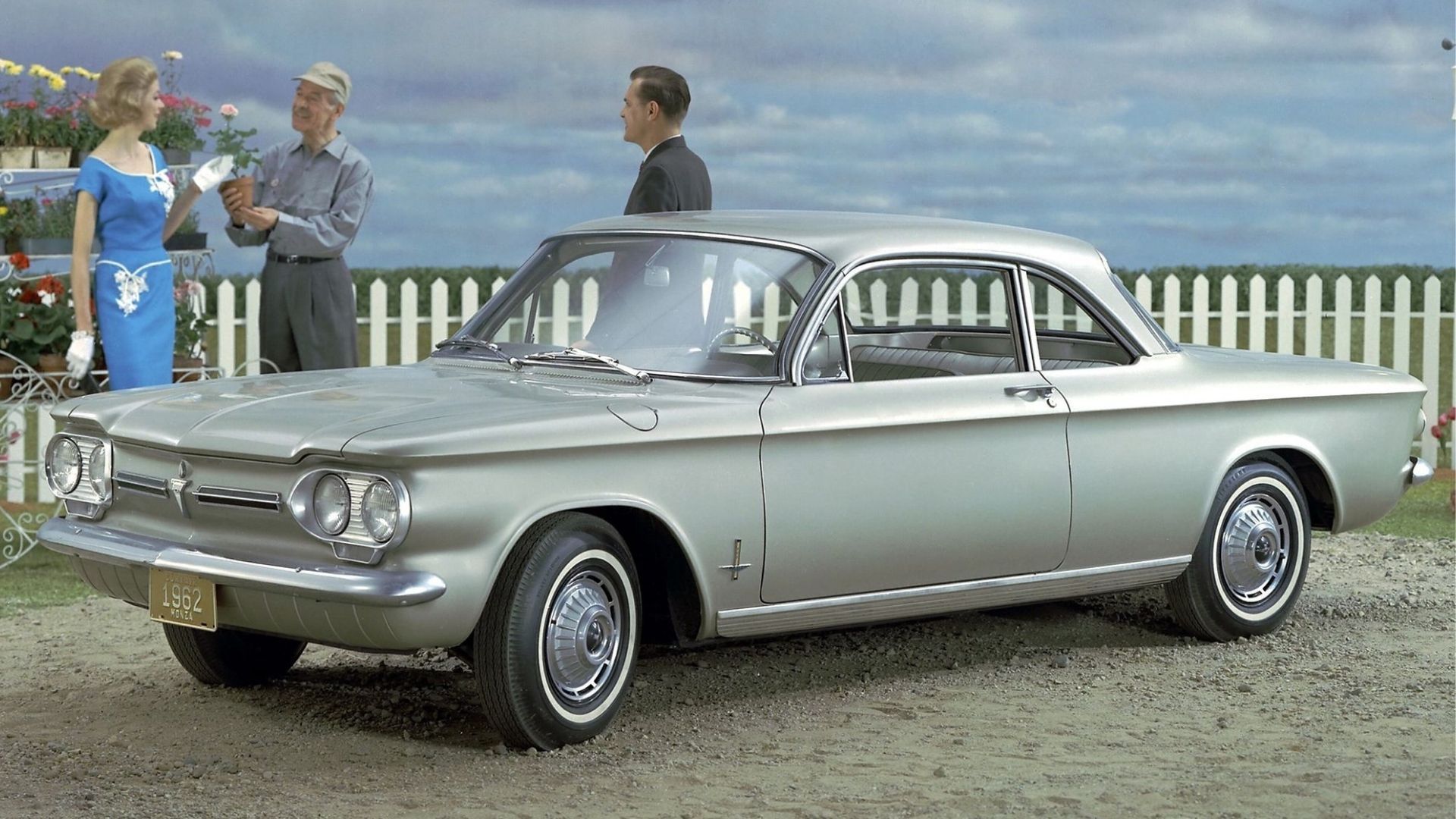Is the Corvair really unsafe at any speed?
For many Americans and even those living abroad, the Chevrolet Corvair still represents a dangerous, irresponsible vehicle that hangs out in dark alleyways and sells stolen watches. Yes, the unique rear-engine, rear-wheel-drive car that hails from the US of A has been thoroughly villainized and many blame Ralph Nader’s book Unsafe At Any Speed for what they claim is a mischaracterization. That’s what makes the video attached to this article so interesting, because it shows GM testing out the Corvair’s handling in the early 60s.

Many people still believe the Chevy Corvair is a death trap. It’s like they think General Motors didn’t bother testing the car out at all before unleashing it on an unsuspecting public. The belief is that the fundamental design of the Corvair is faulty, even though GM purposely patterned it after European competitors in a bid to woo shoppers who might consider something German or British instead of an American car.
Almost nobody seems to know that in 1972 the National Highway Traffic Safety Administration concluded after an investigation that the rear suspension on 1960-1963 Chevrolet Corvairs didn’t substantially lead to a loss of control for drivers, even though the claim was that it did.

The other big tale about the Corvair was that it was more likely to roll than other vehicles during emergency maneuvering. You can see this tested out by GM in the video well in advance before the claims and come to your own conclusions. However, NHTSA’s investigation found the rollover risk in the Corvair was no greater than in other cars.
For Corvair enthusiasts, the fact their beloved car has been unrightfully demonized is just too much. That’s why they organized a Corvair Vindication Day, which seemingly didn’t happen in July of this year because of the COVID-19 pandemic. The gathering of Corvair enthusiasts and supporters was supposed to take place at the American Museum of Tort Law in Winsted, Connecticut.





